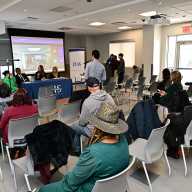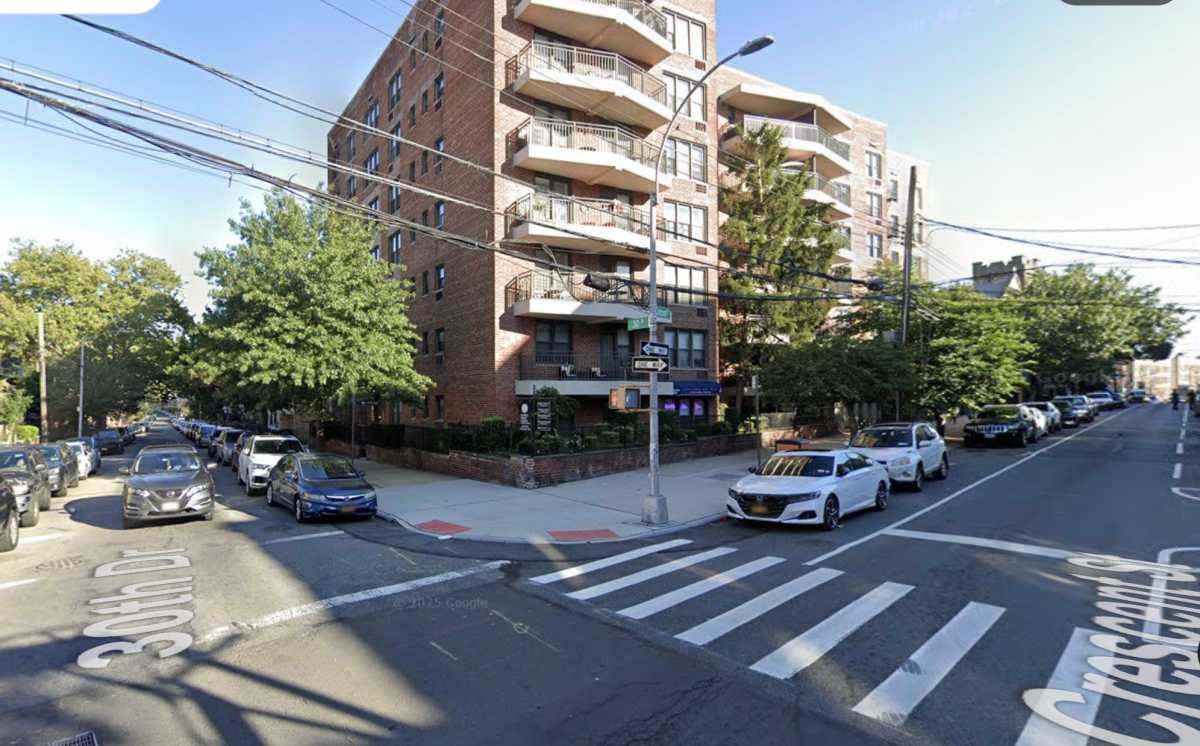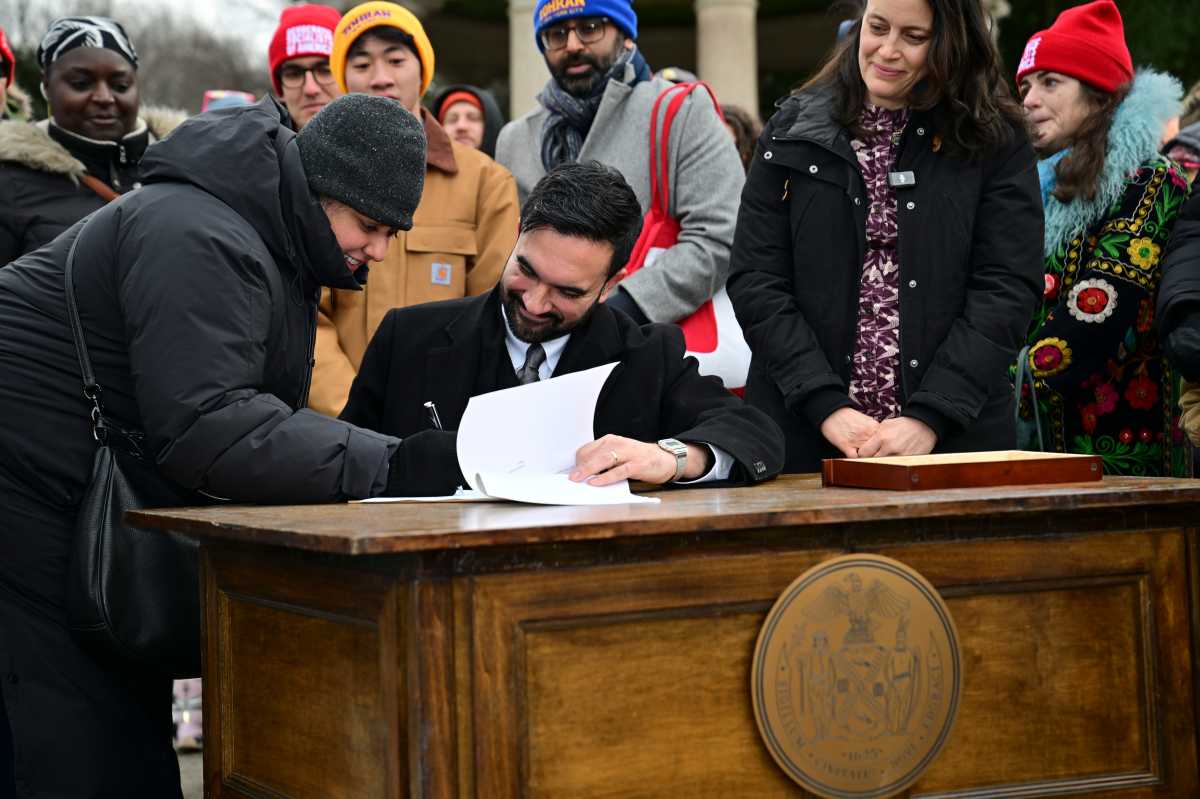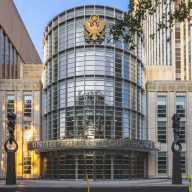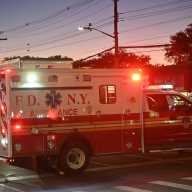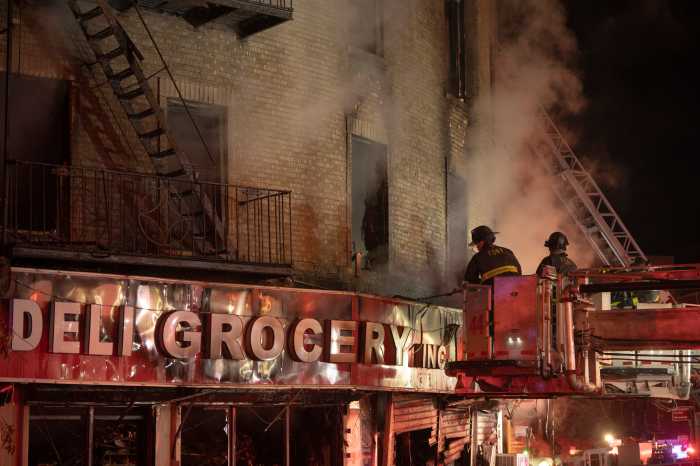An estimated 100,000 absentee landlords citywide sidestepped an expensive bullet as the City Council and the mayor opted not to impose a 25 percent tax surcharge on them as part of this year’s budget. The tax would have amounted to roughly $70 million in taxes for the city and an average of $750 in taxes more per year for property owners who already pay approximately $3,000 yearly on their properties.
`Passed in 2003 by Mayor Michael Bloomberg and the City Council – with the ok from Governor George Pataki – the tax would have been imposed on landlords of one-, two- and three-family homes who do not live in the residences or allow close relatives to live there. The charge had never actually been imposed because tax officials had trouble deciphering who in fact was an absentee landlord. Over the past two years, the city has sent residency notices requesting landlords to send back utility bills stamped with the rental properties’ address.
The tax, aimed at lessening the city’s financial crisis in 2003, would have brought in an estimated $44 million in 2004 – or an average of $570 per landlord. Tax officials were given a two-year stay to identify and determine an accurate count of the absentee landlords in the city, and at the end of June the tax would have gone into effect.
However, the City Council and the mayor passed the budget early; thereby leaving the tax – set at 0 percent – on the table should the Council choose to impose it in the future – with or without support from Albany and possibly over the mayor’s veto.
Mark Page, the mayor’s budget director, adamantly spoke in opposition of the tax when he testified at the Council’s budget hearing last month, saying that landlords simply would pass on the increase to their tenants.
“We think it would be a tax increase in a city where we’re doing our best to contain the cost of housing units,” Page told the Council.
According to an analysis done by the New York City Independent Budget Office (NYCIBO) on the 2000 Census and a 2002 Housing and Vacancy Survey, almost 50 percent of the 5,456 Class 1 properties in Corona were owned by some absentee landlords in 2003.
“Looked at on a borough-wide level, Brooklyn and Queens have an overwhelming share of the properties affected by the surcharge – together they account for 80 percent of the one- to three-family homes that are not owner-occupied. Not surprisingly, the neighborhoods with the most Class 1 absentee landlord houses are in these two boroughs,” the 2003 NYCIBO reported.









